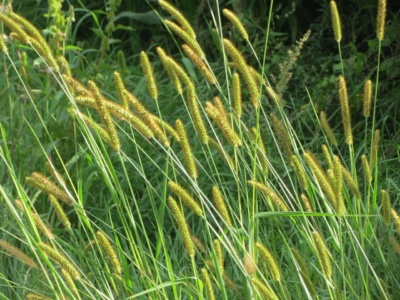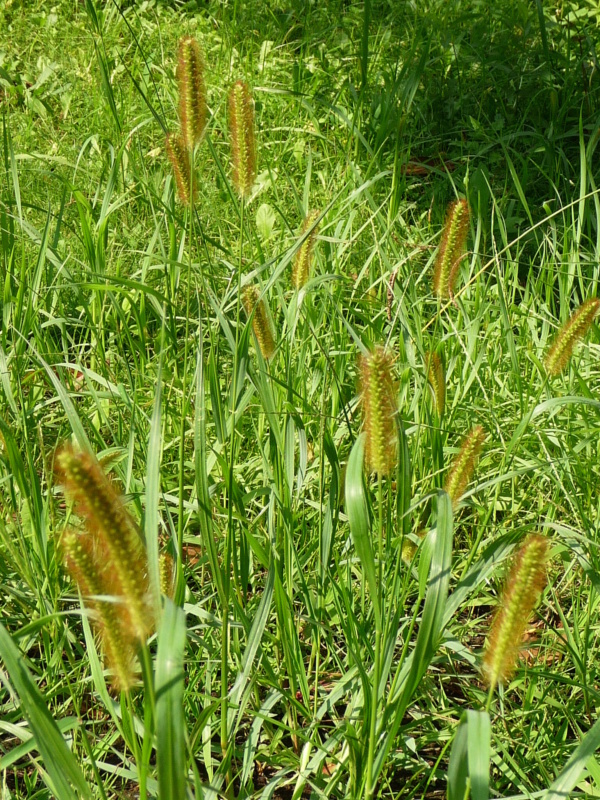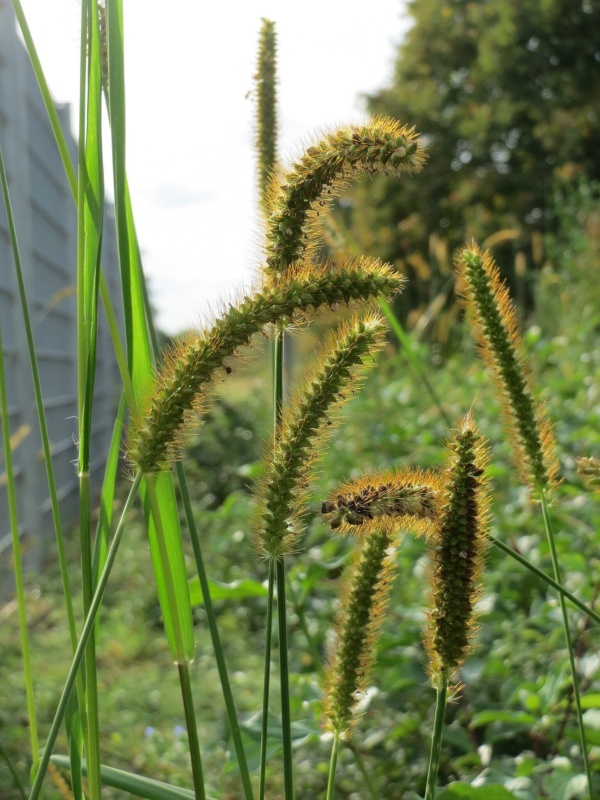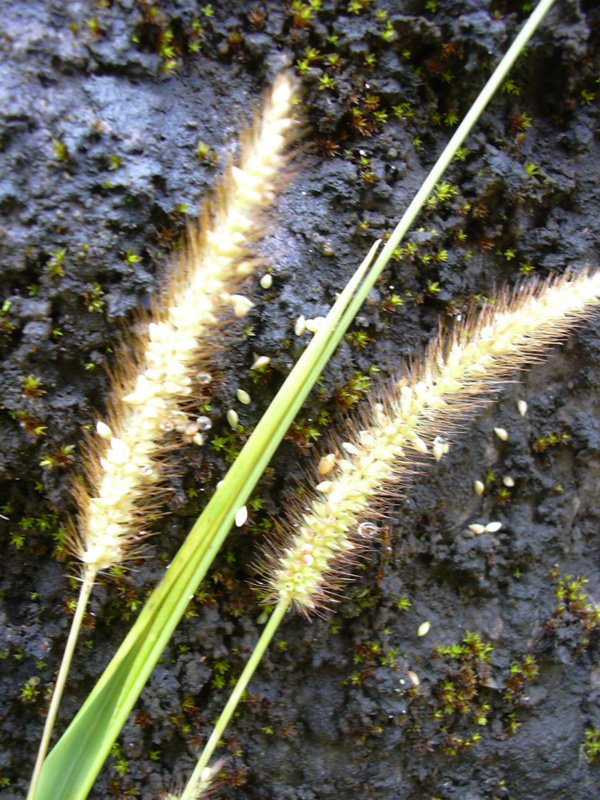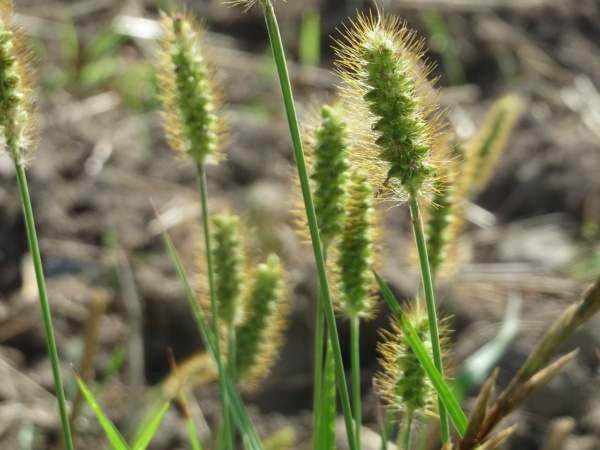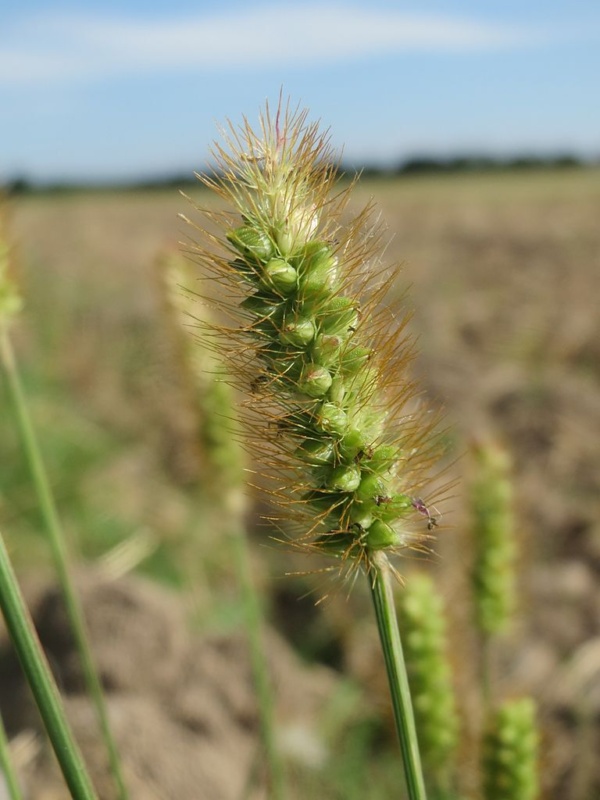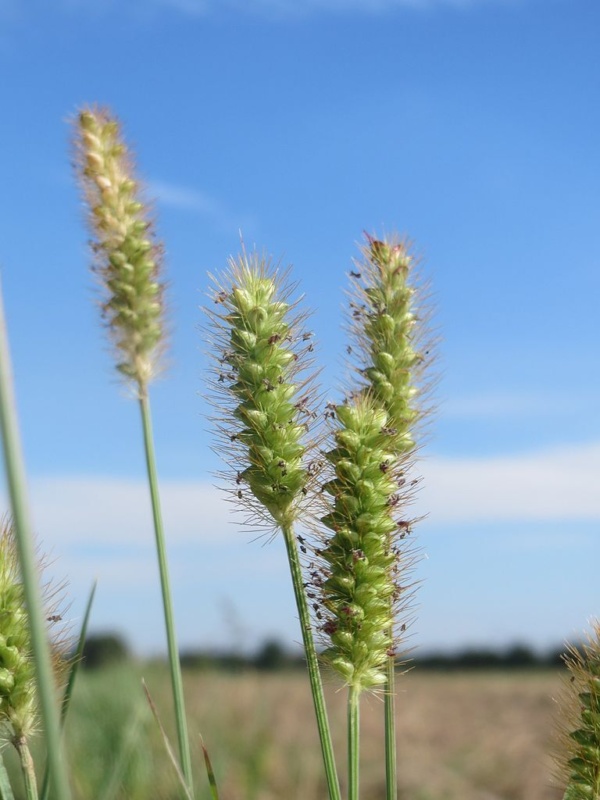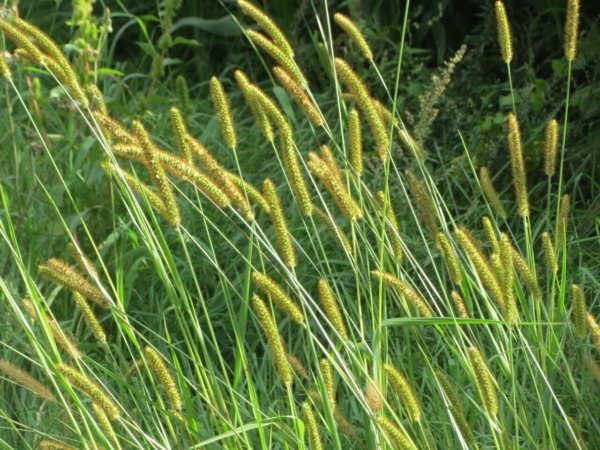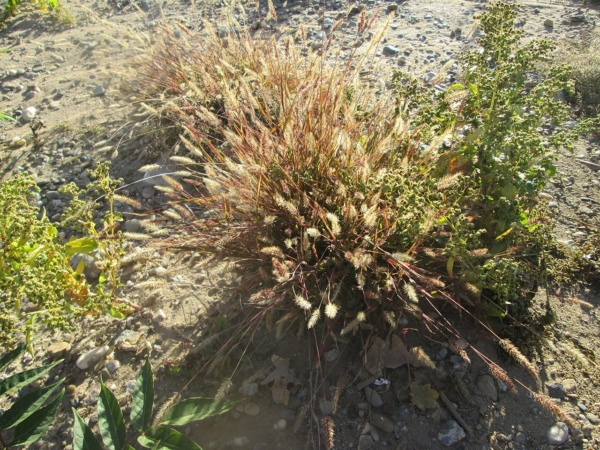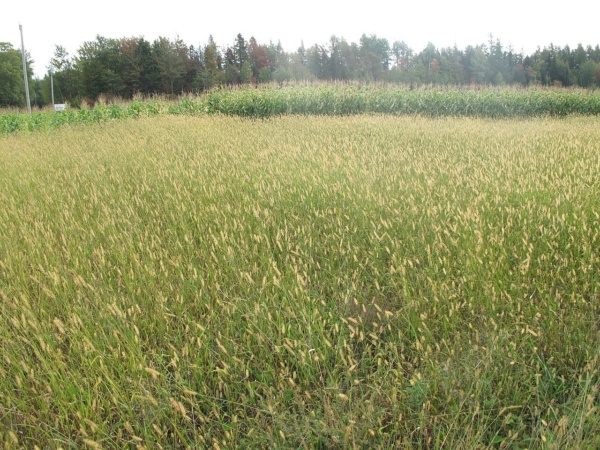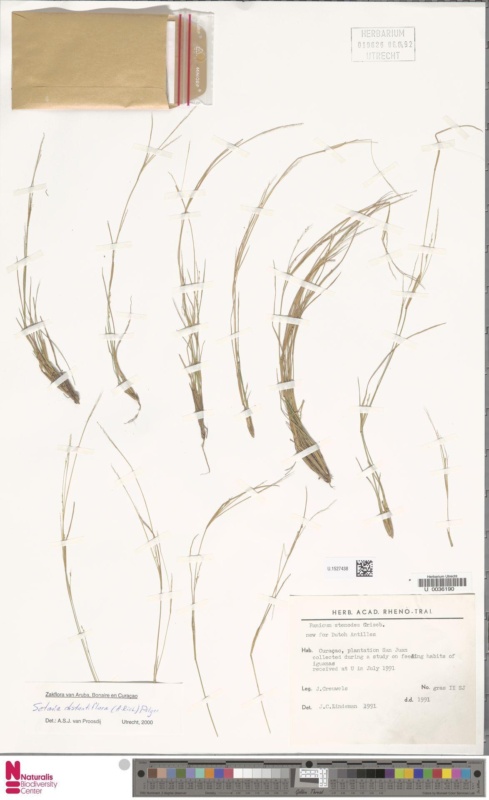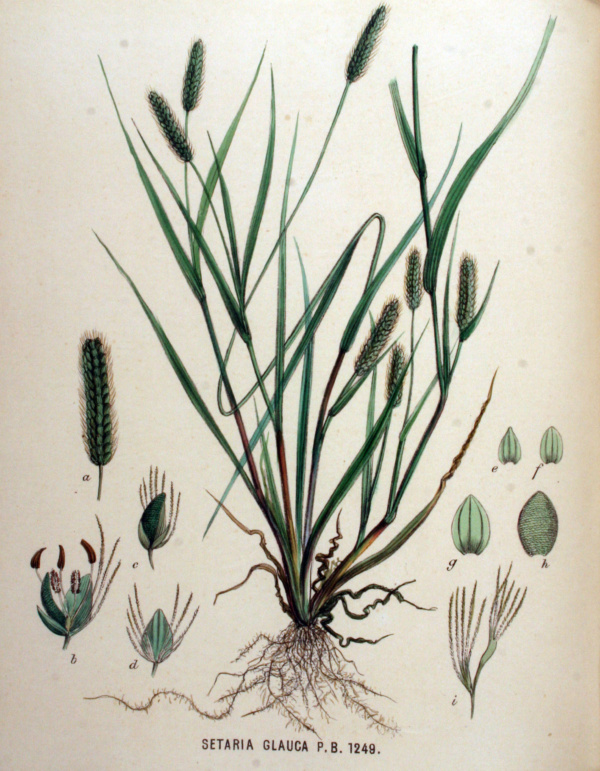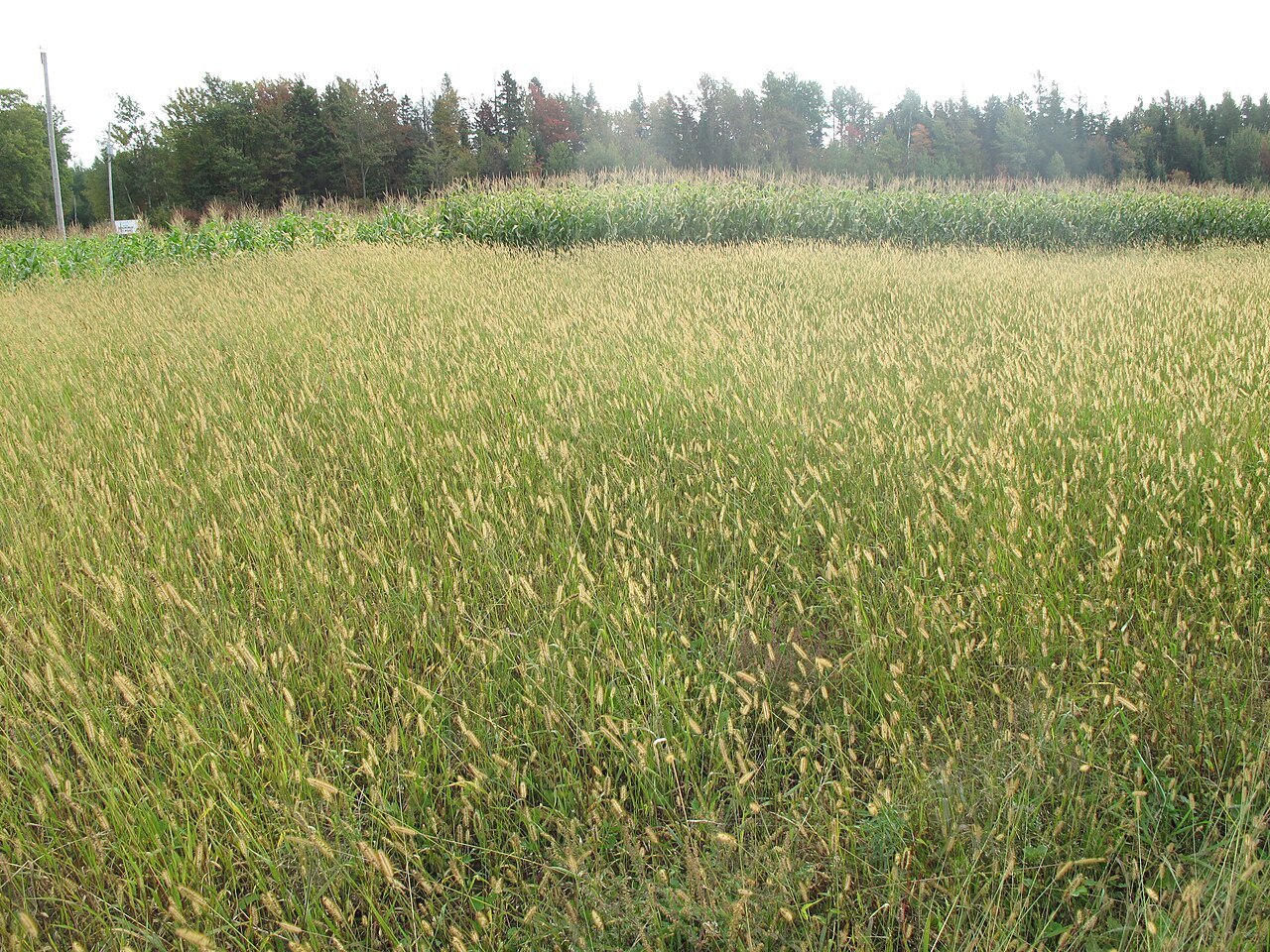
Foxtail grass plant guide (Setaria species)
The weedy Foxtail grass is readily recognized by the narrow, cylindrical head of grain that grows on top of the stem. Often the ripe grain head is so heavy the grass itself is pulled down. Its grains are small, less than 6 millimeters (1/4 inch) long. Foxtail grass has a shallow root system but can reach heights of 5 feet tall. Here are some tips to help you identify foxtail grass:
- Look for grass that has a bushy appearance. Foxtail grass has thick, bushy seed heads that can easily be identified. The seed heads are typically tan or light brown in color and range in size from 1 to 6 inches long.
- Check the seed heads for a spikelet. The spikelet is the part of the seed head that contains the actual seed. Foxtail grass has a long, slender spikelet that is easy to spot. The spikelet is typically 1/2 to 3/4 inches long and is attached to the seed head by a slender stalk.
- Look for a seed head that is shaped like a fox tail. This is where foxtail grass gets its name. The seed head is long and cylindrical, and it looks like a fox tail. The seed head is typically 1 to 6 inches long and is covered in small bristles that can attach to fur or clothing.
- Check the leaves of the grass. Foxtail grass has flat, narrow leaves that are rough to the touch. The leaves grow in clumps and can be up to 2 feet long. The leaves are typically light green in color and have a glossy appearance.
Foxtail grass is sometimes confused with Rye grass. Like Foxtrail, Rye grass has seedheads but they are more spike-like and stand upright. They are thin and narrow with an almost pointed appearance.
Rye grass does not grow quite as high as Foxtail. Rye grass taller than 3-feet is rare. Finally, where Foxtrail grows in clumps, Rye grass grows in dense bunches.
Where to find Foxtail grass
Foxtail grass can be found in a variety of locations including lawns, gardens, the margins of fields, and along roadsides. It is most prevalent in open, sunny areas with moist soil and moderate temperatures, and in areas where there has been a disturbance to the soil.
Some species occur in wet, marshy areas. Species of Setaria are found throughout the United States, Europe, western Asia, and tropical Africa. In some parts of the world, foxtail grasses are grown as a food crop.
In lawns and gardens, foxtail grass can be found growing in areas where the soil is compacted or has poor drainage. It is also common in areas where the soil has been disturbed, such as in areas where there has been construction or excavation.
In fields, foxtail grass can be found growing in areas where the soil has been tilled or where there has been heavy grazing. It is also common in areas where there has been a disturbance, such as after a wildfire or flood.
Along roadsides, foxtail grass can be found growing in areas where the soil has been disturbed by construction or where there has been erosion.
Edible parts of foxtail grass
The grains are edible raw but are very hard and sometimes bitter. Harvest the Foxtail grain heads (the long, hairy part at the top of the plant) and then harvest the grains from the head. The grains are about the size of small rice grains. Boiling removes some of the bitterness and makes them easier to eat.
Other uses for Foxtail grass
Foxtail grass, also known as Setaria grass, is a versatile plant that can be used for many purposes beyond animal feed. Here are some of the other potential uses for foxtail grass:
Landscaping and Ornamental Purposes
Foxtail grass can be used for landscaping purposes, adding texture and movement to gardens and landscapes. The plant’s unique shape and color can create visual interest in meadow gardens, prairies, and naturalized areas, providing a natural and wild look. Foxtail grass can also be used as an ornamental plant in flower beds, borders, and containers.
Soil Stabilization
Foxtail grass has a deep root system, making it an excellent plant for soil stabilization. The roots help to hold soil in place, preventing erosion and improving soil quality. Foxtail grass can be used to stabilize slopes, embankments, and other areas prone to erosion.
Biofuel Production
Foxtail grass can be used for biofuel production, as it is rich in cellulose and can be converted into ethanol. The grass is easy to grow and can be harvested multiple times in a year, making it a sustainable source of biofuel. Foxtail grass can also be used as a feedstock for biogas production, in which microorganisms break down the grass and produce methane gas.
Food and Beverage Production
In some cultures, foxtail grass seeds are used for food and beverage production. The seeds can be ground into flour and used to make bread, porridge, and other dishes. The grass is also used to make beer in some parts of the world. Foxtail grass is a gluten-free grain that is high in protein, fiber, and minerals, making it a nutritious food source.
Traditional Medicine
Foxtail grass has been used in traditional medicine to treat a variety of ailments, including dysentery, diarrhea, and inflammation. It is also believed to have diuretic properties and may be used to promote urine flow. Foxtail grass extracts have shown antioxidant, antimicrobial, and antitumor activities in laboratory studies, suggesting potential health benefits.
Foxtail grass picture identification guide
Image Credits
In-Article Image Credits
Foxtail grass Setaria glauca auct via Wikimedia Commons by Namazu-tron with usage type - GNU Free. September 1, 2008Foxtail grass Rote Borstenhirse (Setaria pumila) via Wikimedia Commons with usage type - Creative Commons License. 9/19/2014
Foxtail grass seedheads Setaria parviflora via Forest & Kim Starr with usage type - Creative Commons License. 7/13/2004
Foxtail grass Herbarium sheet Setaria distantiflora via Naturalis Biodiversity Center with usage type - CC0 Public Domain. 1991
Foxtail grass seedheads via Wikimedia Commons with usage type - Creative Commons License. 8/14/2016
Foxtail grass via Wikimedia Commons with usage type - Creative Commons License. 8/14/2016
Foxtail grass via Wikimedia Commons with usage type - Creative Commons License. 8/14/2016
Foxtail grass via Wikimedia Commons with usage type - Creative Commons License. 9/20/2014
Foxtail grass via Wikimedia Commons with usage type - Creative Commons License. 10/4/2018
Foxtail grass - Flora Batava of Afbeelding en Beschrijving van Nederlandsche Gevassen, XVI. Deel. (1881) via BioLib with usage type - Public Domain. 1881
Field of Foxtail grass via Wikimedia Commons with usage type - Creative Commons License
Featured Image Credit
Field of Foxtail grass via Wikimedia Commons with usage type - Creative Commons License

